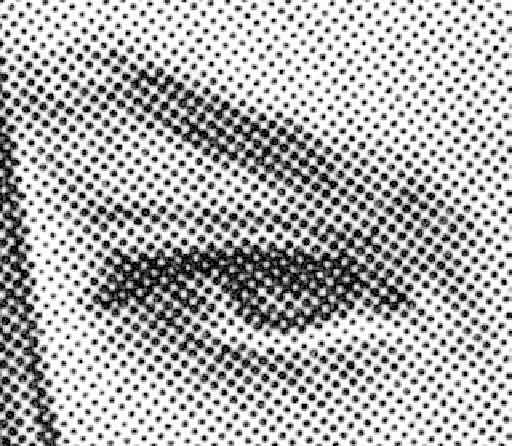Image Processing Reference
In-Depth Information
image look better at the expense of a little bit rate. Modern codecs such as H.264 deal with
this by applying a deblocking filter in the player after the decoding is complete.
The main beneficiaries of dithering are people trying to get better results on lower-
resolution printers, although it is also useful on displays where the available color palette
is limited. Dithering is used in video cameras to allow them to operate with one CCD sen-
sor array instead of three, which makes them a lot cheaper to manufacture. There are qual-
ity implications for video compression when this kind of camera is used: Because there are
fewer imaging cells being used, the picture quality is reduced, and there is also a spatial
displacement for each of the primary colors such that they are not all sampling the exact
same pixel position in the image.
We will come back to this topic and discuss it further near the end of this chapter.
First, though, let's explore a range of dithering techniques in order to understand how
they work; this has implications for the camera designs we will consider later.
6.11.1
Newsprint Half-Toning
Photographs have been dithered ever since newspapers started publishing pictures. If you
look closely at a black and white image in a newspaper or magazine you will see the effect.
Figure 6-9 shows a closeup as an example. Choose an area where the shading changes
from black to white to see how the intermediate greys are represented.
This effect is reproduced digitally by scanning images at a resolution much higher
than the half-tone grating. Then, by clever image-processing techniques, the small
Figure 6-9
Newsprint half-toning.


Search WWH ::

Custom Search